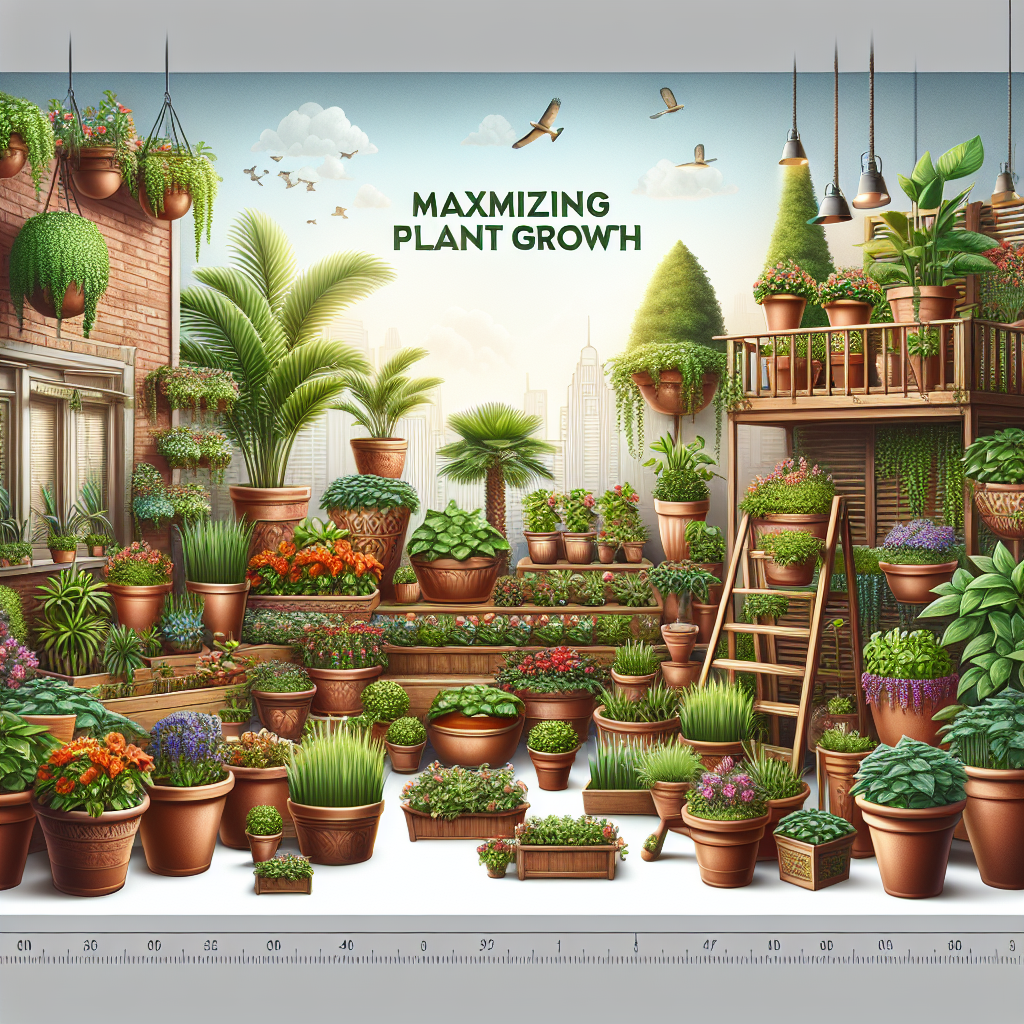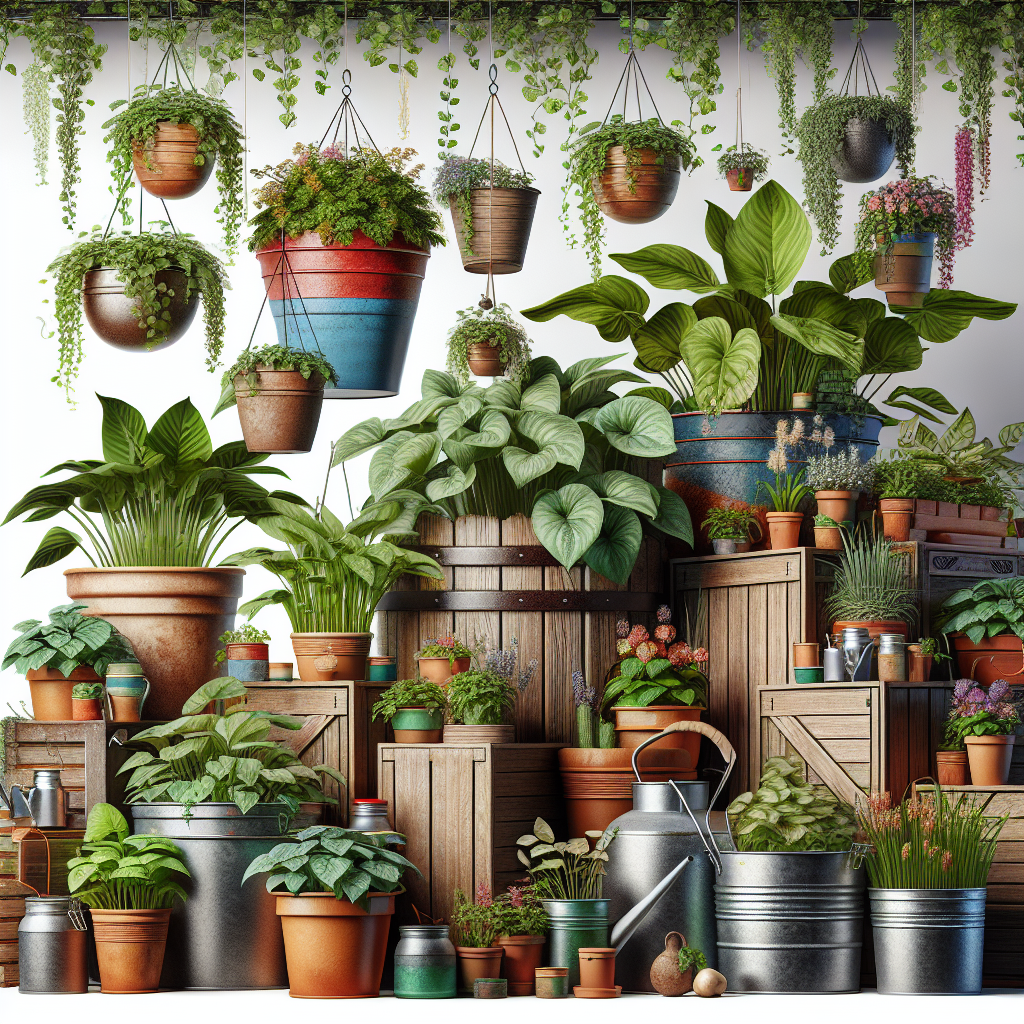Maximizing Plant Growth with Varied Container Options
Introduction:
When it comes to gardening, many people tend to overlook the importance of choosing the right container for their plants. However, selecting the right container is essential for maximizing plant growth. Different plants have different needs, and using varied container options can help cater to those specific requirements. In this article, we will explore how different containers can affect plant growth and provide tips on choosing the best container for your plants.
1. Size Matters:
Choosing the right size container is crucial for optimal plant growth. The size of the container determines the amount of space available for roots to grow and spread. A small-sized container may restrict root growth, leading to stunted plants, while an overly large one may cause excessive moisture retention or uneven distribution of nutrients.
For smaller plants like herbs or succulents, opt for small to medium-sized pots with good drainage holes. This ensures that excess water doesn’t accumulate in the pot, causing root rot. On the other hand, larger plants such as fruit trees or shrubs require bigger containers with ample room for root expansion.
2. Material Selection:
Different materials used in containers have varying impacts on plant growth. Here are some common choices and their effects:
a) Terra Cotta: Terra cotta pots are made from baked clay and are a popular choice among gardeners due to their natural aesthetics. These pots have excellent breathability as they allow air circulation through their porous walls. However, they tend to dry out quickly, requiring more frequent watering.
b) Plastic: Plastic pots are lightweight, affordable, and retain moisture well due to their non-porous nature. They are often available in various sizes and colors. However, plastic containers may not offer adequate drainage unless proper holes are drilled in them.
c) Ceramic: Ceramic pots are known for their durability and beauty. They come in a wide range of designs and colors but tend to be heavier than other options. While they retain water better than terra cotta, they also require proper drainage holes to prevent waterlogging.
3. Drainage is Key:

Good drainage is vital for plant health as it prevents waterlogging and allows oxygen to reach the roots. Without proper drainage, plants may suffer from root rot or fungal diseases. When selecting a container, ensure that it has sufficient drainage holes at the bottom. If not, drill additional holes to facilitate water flow and prevent excess moisture retention.
4. Mobility Matters:
Consider the mobility of your plants before choosing a container. Some plants may require periodic sun exposure or need protection from harsh weather conditions. In such cases, containers with wheels or handles prove useful as they can be easily moved according to the plant’s requirements.
5. Vertical Gardening:
If you have limited space, vertical gardening can be an excellent option for maximizing plant growth. Wall-mounted containers or hanging baskets allow you to grow more plants in a small area while adding beauty to your surroundings. The choice of containers depends on the type of plants you intend to grow vertically, considering their root system and growth habit.
6. Specialized Containers:
Certain types of plants have specific needs that can be catered to using specialized containers:
a) Window Boxes: Ideal for growing herbs or shallow-rooted flowers beneath windowsills or on balconies.
b) Self-Watering Containers: These containers come with built-in reservoirs that provide a constant supply of water to the plants, making them suitable for busy individuals or frequent travelers.
c) Grow Bags: These lightweight fabric bags are excellent for growing vegetables and promoting air circulation around roots.
Conclusion:
Choosing the right container is a crucial factor in maximizing plant growth and ensuring healthy development. By considering factors such as size, material, drainage, mobility, and specialized options like vertical gardens or self-watering containers, you can provide suitable conditions for your plants’ optimal growth. So, next time you embark on a gardening project, remember the importance of varied container options and watch your plants thrive like never before.













